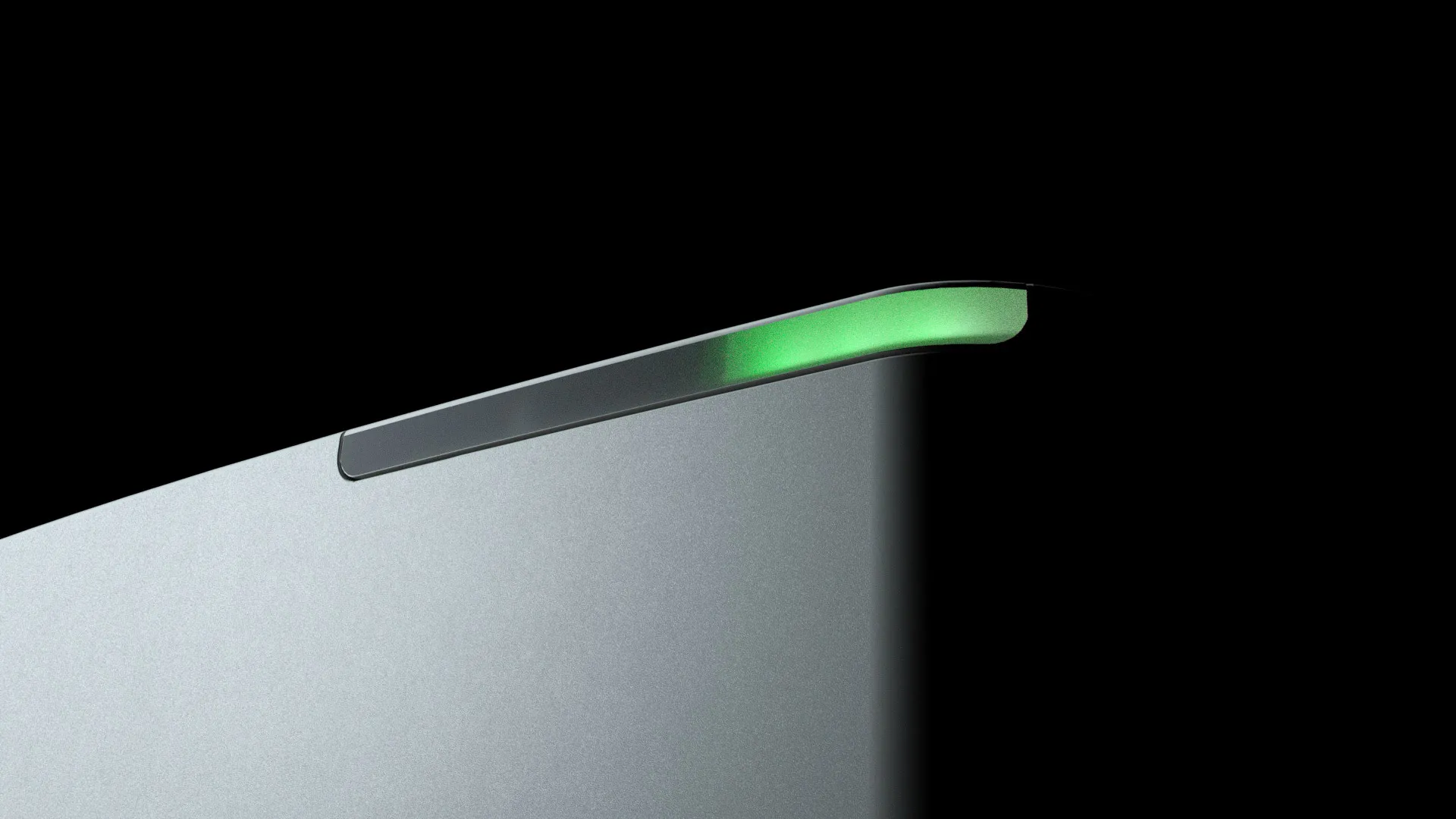
Titer
Measure product concentration at time of need
During the production of therapeutic antibodies, titer, or the mass of an expressed agent relative to the volume of total product, is considered a primary benchmark that indicates the efficiency of upstream manufacturing. Titer monitoring in the bioproduction space is crucial to ensure that the contents of a bioreactor are producing concentrations within the desired range.
Why Titer Monitoring Is Critical in Bioprocessing
High-performance liquid chromatography (HPLC) has long been considered the gold-standard technique for obtaining titer data, however, it’s a highly specialized process that is performed on instrumentation designed to obtain a variety of other measurements in addition to titer. Because HPLC can be used for a wide variety of different applications, it’s necessary for those running HPLC instrumentation to be fully expert in the numerous capabilities and requirements of their instrument and be able to perform frequent calibrations relevant to any given measurement. This amounts to more hands-on time and fewer users who can reliably generate titer measurements. In addition, HPLC is seldom part of the bioprocessing suite, so samples are frequently taken offline for processing with results not returned for hours or sometimes days.
Limitations of Traditional HPLC for Titer Analysis
This bottleneck has been considered just a normal part of bioprocessing, but it doesn’t have to be. Titer measurement with accuracy rivaling HPLC can now be performed in real-time - online or at-line - with HaLCon, a purpose-built liquid chromatography platform that is designed to measure only titer with minimal training and no method development required.

Frequently Asked Questions
What is the HaLCon "trap-and-elute technique" and how does it work?
Trap and elute means the analyte (IgG) is fully captured on the column, everything else passes through, then the analyte is released and the detector sees one peak. In terms of flow it differs from traditional liquid chromatography in that there is no gradient, just 100% reagent A to capture or trap IgG, then 100% reagent B to elute.
How does HaLCon react to other Immunoglobulins and other impurities?
The Tridex uses a Protein A media. Anything not bound to the Protein A passes through the column to waste.
How must the sample be prepared for HaLCon?
The sample needs to be filtered through a 0.2 µm or 0.45 µm filter to ensure it is free of cells and cell debris. Alternatively, the sample can be spun down and the supernatant sampled with a syringe. Users doing this need to be careful not to stick the syringe too deep in the centrifuge vial. For users familiar with HPLC, the sample can be prepared as if it were being run on HPLC because HaLCon uses a similar column and pre-column filter.
How much sample material or sample volume is required to run HaLCon?
We recommend 100 µL per sample. If you have a lower desired sample volume, please contact us and one of our experts can help evaluate the feasibility of the proposed sample volume.
Does HaLCon require any connections, e.g. water or gas, in addition to a power connection?
Nothing else but a power connection is needed.
What type of pump is used (traditional binary HPLC pump, peristaltic pump) for HaLCon?
HaLCon uses displacement/dispense pumps. They work like a syringe pump except they are composed of more durable materials for longer, maintenance-free use. Since HaLCon uses low-pressure Liquid Chromatography, the maximum pressure recommended is 200-250 psi.
What type of maintenance is required for HaLCon? And, will this maintenance be performed during a yearly PM?
No regular maintenance is required beyond changing the reagent pack and analysis module every 3 months or after running 1,000 samples, whichever comes first. It is recommended to run a flush before running samples if the system has been idle for a few days.
How do you ensure that no cells from the fermenter enter the HaLCon measuring device?
Samples should be spun down, and care should be taken to not disturb any pellets or to remove the entire sample from the centrifuge tube. Alternatively, the samples can be filtered through a 0.2 µm or 0.45 µm filter.
Does HaLCon have a built-in filter or a separator?
HalCOn does not have a built-in filter for removing samples, that must be done before loading the sample.
How can the user determine if the sample purification is functioning correctly when using HaLCon?
The best way to validate performance is by running a control sample of known concentration and verifying that the correct concentration value is returned by the software.
Can HaLCon also control the process, such as cooling down or emptying the fermenter when a specific threshold is reached? Or is it solely for monitoring purposes?
HaLCon is purpose-built for measuring protein titer, nothing else. A sample is added either manually or via an autosampler and HaLCon provides a concentration. HaLCon is compatible with multiple autosamplers, including the Flownamics Director, which may be able to automate the sampling from a bioreactor.


